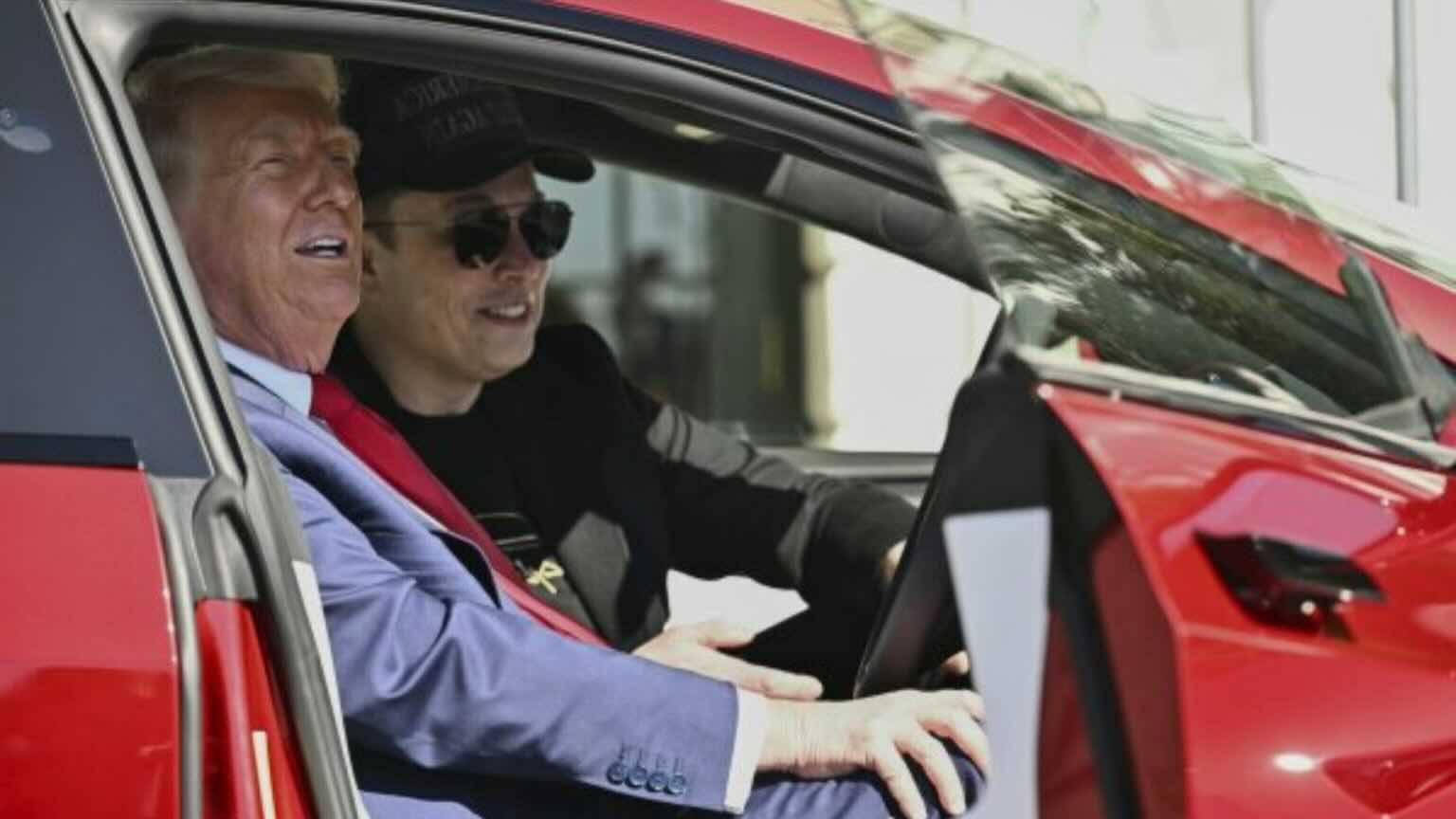Tesla, once the undisputed leader of the electric vehicle market, is now navigating one of its toughest periods. Sales are falling, customer trust is weakening, and even Elon Musk’s closest allies are being shown the door. The latest shake-up? Musk has dismissed Omead Afshar, his long-time right-hand man, in what many see as a move to calm nervous investors.
But will this sacrifice be enough to steady the company?
Tesla’s Sales Crisis
The numbers tell a painful story:
-
Global sales dropped 13% in Q1 2025.
-
In Europe, sales collapsed by 45%.
-
Meanwhile, the EV market in Europe grew 15% year over year.
While Tesla struggles, competitors—especially Chinese manufacturers—are gaining ground quickly. Customers who once lined up for Teslas are now turning to newer, cheaper, and more advanced alternatives.
Musk’s Image Problem
Part of Tesla’s troubles stem from Musk himself. Once admired for his bold vision, his public actions and political involvement have left many disillusioned.
-
His close ties and disputes during his political era created division.
-
Controversial public statements alienated both loyal customers and potential buyers.
-
The brand, once synonymous with innovation and sustainability, now faces questions about its leadership and long-term vision.
Tesla’s challenge is no longer just about building cars—it’s about rebuilding trust.
Omead Afshar: From Right-Hand Man to Scapegoat
Omead Afshar wasn’t just another executive. According to reports, he was Musk’s “problem solver”:
-
He oversaw Model 3 production.
-
Managed the Austin Gigafactory.
-
Played a role in projects like Optimus and the robotaxi rollout.
-
Even supported Musk during the Twitter acquisition.
In 2024, Afshar was promoted to head of sales for the U.S. and Europe, a role that became nearly impossible as Tesla’s numbers slid. His dismissal—silent and without Musk’s usual commentary—signals just how desperate the company is to show “change” to investors.
More Departures Add to the Uncertainty
Afshar isn’t the only one leaving.
-
Milan Kovac, leader of the Optimus project, also stepped down.
-
Jenna Ferrua, Tesla’s North America HR chief, left shortly after.
Whether coincidence or consequence, these departures point to growing instability inside Tesla. What began as Musk’s attempt to extend his influence into politics has now created ripple effects that hurt his own company.
Can Tesla Recover Its Position?
The answer is yes—but it won’t be easy. Tesla needs a bold reset to restore faith among investors and customers. Here’s what the company must do:
-
Separate the brand from Musk’s personal image. Customers need to see Tesla as a car company first, not a reflection of its CEO’s politics.
-
Reconnect with former customers. Many early adopters feel alienated; Tesla has to win them back.
-
Deliver real innovation. Competitors are catching up fast. Tesla must prove it still leads in battery tech, AI, and EV design.
-
Leave scandals behind. Investors want stability, not drama.
Strategy Shift or Just Firefighting?
It’s unclear whether Musk’s recent decisions mark a real strategy shift or just an attempt to put out fires. What’s clear is this:
-
Investors are anxious.
-
Competitors are advancing.
-
Tesla’s margin for error is shrinking.
Tesla doesn’t just need headlines—it needs results.
Tesla is at a crossroads. Musk’s leadership, once a symbol of daring innovation, now feels weighed down by controversy and distraction. With sales tumbling and key executives leaving, the company must rebuild confidence fast.
The next year will be crucial. If Tesla can refocus on technology, customer satisfaction, and stability, it could reclaim its leadership. But if distractions and internal shake-ups continue, rivals are ready to take its place.
For Tesla, the future is no longer about bold promises—it’s about proving it can still deliver.
